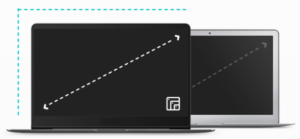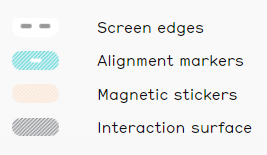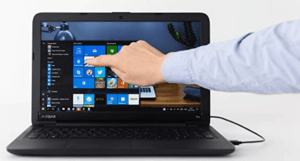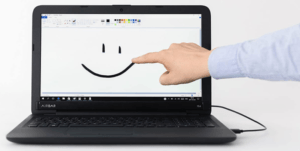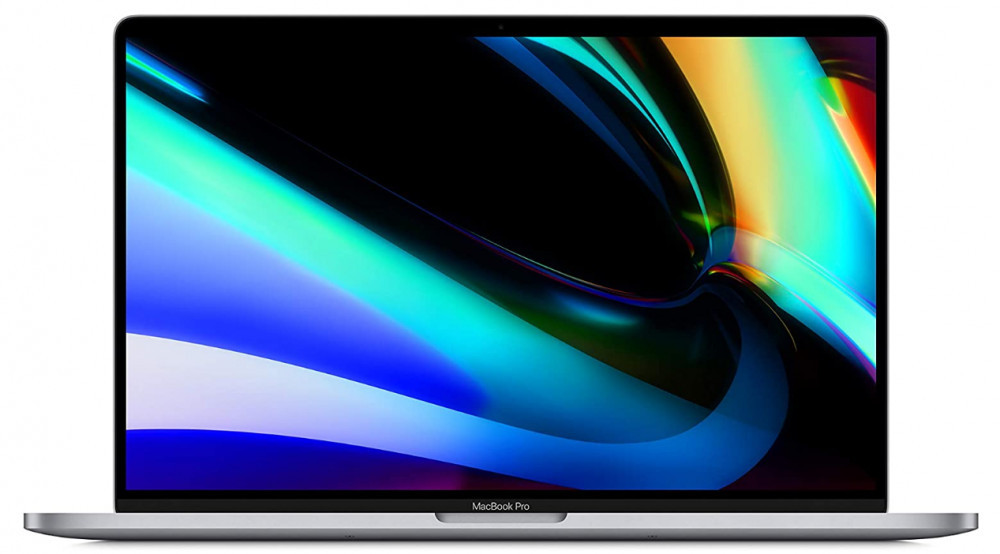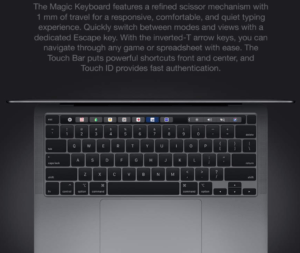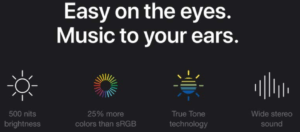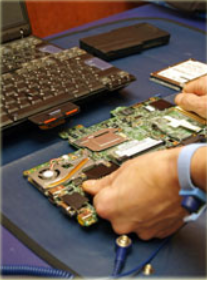How does a computer virus spread?
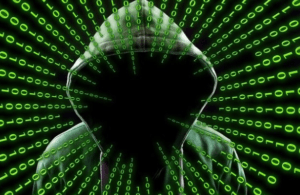
The virus on the computer is a little similar to a coronavirus; sometimes the symptoms are obvious, and sometimes you can never notice the
Symptoms until your computer is damaged. The anti-virus can only detect computer viruses, which will show up viruses.
There are some signs, so if you know how to detect them, your computer will perform better; once it shows those signs, you should not wait until it spreads, or else your computer will be damaged soon.
The definition of computer virus.
A virus on a computer is malicious software or a form of malicious software with a legitimate application code to reproduce by itself to spread its damaging effects.
Attackers damage your computer by taking control of it through malware or a virus. The virus has its way.
Of targeting which parts it would like to infect. Unlike biological viruses like flu or HIV that are dependent on the cells in the human
The body, before it reproduces on its own, can start processing another infection on the body organism. The same with computer viruses,
it can’t work alone; it is accompanied by the code snippet that is the one inserting itself into some other computer applications. As soon as that infected application runs, it will start to execute the virus code, which results in big damage to the computer.
People mostly use viruses and malware interchangeably in daily conversation, as is the popular topic when it comes to taking care of
Their computer. But a virus, in a strict sense, is a type of malwarematches that perfectly the definition. There are other main types, which
Trojans, which masquerade as harmless applications to trick users into using them, there is also what we call worms, which can be
Reproduced and spread independently of any other application. This particular virus can be distinguished by its feature, which is that it needs to infect first before it can operate other programs.
How the computer virus infects?
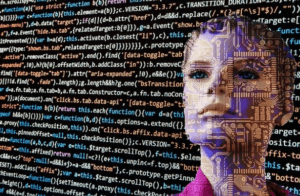
If the virus has infected your computer application, the virus will do its malicious work by providing the computer with a suitable, high-level
Overview of how the process works. So, it will typically go in this way. As the user usually requests it, the infected application will execute, and then the virus will be loaded into the CPU memory before the legitimate code can execute.
The virus will then propagate itself by infecting other applications on the host computer, inserting its malicious code wherever possible. The
Resident viruses do this to program as the computer opens, while the non-resident ones can infect the executing files even if they are not
Working. Boot viruses use using particular pernicious technique at this stage; they place their code in the boot sector of the computer’s
The system disk ensures that it will be executed even before the operating system fully loads, making it impossible to run the computer properly.
The payload will start its executions once the virus has its hooks already in your computer, and that is the term of the part of the virus code that will do its dirty function as how the creator is designing it.
It all includes many kinds of dirty things: viruses can scan your computer hard drive for banking credentials, log your keystrokes to steal
Passwords, and turning your computer into like a zombie that launches a DDoS attack against the hacker’s enemies or even encrypts your
data and demand a ransom to restore access. Other types of malware can have similar payloads, such as ransomware worms, DDoS Trojans, and so on.
How do computer viruses spread?

During the pre=internet days, viruses often spread from computer to computer via infected floppy disks. The SCA virus, for example, is
It spread among Amiga users on disks with pirated software. Although the disks were primarily harmless, at one point, about 40% of Amiga users were infected.
Nowadays, viruses are spreading through the Internet. They attack applications by transferring code.
from computer to computer, just like other applications. Some other viruses carry a logic bomb code that ensures the virus’s payload
only executes at a specific time or under a certain conditions- the users or the admin may be unaware that their applications are infected and
will transfer of install them with impunity. Some viruses will hijack computer’s mail software to send and email out a copy for themselves, or they will also download it from the infected code repository or compromised app store.
What is very noticeable in all of these infection vectors is that they are requiring a victim to use to execute the infected application code.
Remember a virus can only execute and reproduce if its host application is running. Email is still a common malware dispersal method, this
is what most people are worrying about. Can the virus be obtained from opening an email? Email is just the initial way, by simply opening
the message is not much but by downloading and executing an attachment that’s have been infected with the virus code. That is the reason
why our professional anti virus pro are so insistent that you should be careful about executing email attachments, thereby, most email clients and web mail services include virus scanning features by default.
Some ways that a virus can infect a computer is through infecting the code by running as JavaScript inside a web browser and manages t exploit security holes to infect programs installed locally.
Opening messages accompanying with execution through the embedded HTML and JavaScript code, will be putting your computer to risk of
the infection of the virus, but most email clients and web mail services have a built-in security features that would prevent this from happening, so there is not a big worry about it.
The kinds of computer virus

The various types of viruses that you might be encountering, is arranged in a good breakdown by the Semantic, and it is categorized in
different ways. We already have discussed about resident and non-resident viruses, boot sector viruses, web scripting viruses, and so on and so forth. There are still few more of those that you need to know.
Like the macro virus which infects macro applications embedded in Microsoft office or PDF files. There are a lot of people who are so careful
in not opening any strange applications but they forget that some sorts of documents can themselves contain executable code for the virus.
One of the smart viruses is the polymorphic virus slightly changes its own source code each time it copies itself to avoid being detected by the computer’s antivirus software.
Be Always aware that these category schemes are based on different aspects of a virus behavior, in other words the virus can be of more than one category. Resident virus can also act same as polymorphic, in some instance.
Computer virus protection

The antivirus software is the most widely known product in the category of malware protection products. CSO has compiled a list of the top antivirus software for Windows, Android, Linux and macOS,
But still you need to be aware that antivirus is not an all in all solution, specially for big company business, for the more advanced corporate
networks, endpoint security offerings provide defense in depth against malware. It’s not only the signature-based malware detection that you
have to expect from antivirus, but also the anti-spyware, personal firewall, application control and other styles of host intrusion prevention.
though keep in mind that antivirus isn’t a be-all end-all solution. When it comes to more advanced corporate networks, endpoint security
Offerings provide defense in depth against malware. They provide not only the signature-based malware detection that you expect from antivirus, but anti-spyware, personal firewall, application control and other styles of host intrusion prevention.
Another characteristic of viruses is that they generally exploit vulnerabilities in your operating system or application code in order to
infect your system and operate freely. If there are no holes to exploit, you can avoid infection even if you execute virus code. To that end, you
Will want to keep all your systems patched and updated, in order to keep an inventory of hardware so that you will know what you need to protect, and performing continuous vulnerability assessments on your infrastructure.
Signs and symptoms that the computers is being infected by virus

How do you know that the virus has penetrated your defense? Except for some viruses, like ransomware, viruses are not keen to alert
You that they’ve compromised your computer. The same with biological virus wants to keep its host alive so it can continue to use it as an
It is easy to reproduce and spread, but there are ways in which you can be aware that your computer has been infected. Norton has a good list of all the possible symptoms, which include:
Unusually slow performance
Frequent crashes
Unknown or unfamiliar programs that start up when you turn on your computer
Mass emails being sent from your email account.
Changes to your homepage or passwords
If you suspect your computer has been infected, you should perform a computer virus scan. There are plenty of free services to start your exploration. The Safety Detective has a rundown of the best.
Computer virus removal

Once a virus is installed on your computer, removing it is similar to removing any other kind of malware — but that.
isn’t easy. CSO has information on how to remove or otherwise recover from rootkits, ransomware, and crypto-jacking. We also have a guide for auditing your Windows registry to determine how to proceed.
If you’re looking for tools to cleanse your system, Tech Radar has a good roundup of free offerings, including some familiar names.
From the antivirus world, along with newcomers like Malwarebytes. And it’s an intelligent move always to make backups of your files so that if
need be you can recover from a known safe state rather than attempting to extricate virus code from your boot record or pay a ransom to sketchy Eastern European gangsters.
Computer virus history

The first computer virus was Elk Cloner, developed in 1982 by fifteen-year-old Richard Skrenta as a prank. Elk Cloner was an Apple II
Boot sector virus that could jump from floppy to floppy on computers that had two floppy drives (as many did). Every 50th time an infected game was started, it would display a poem announcing the infection.
Other major viruses in history include:
Jerusalem: A DOS virus that lurked on computers, launched on any Friday the 13th, and deleted applications.
Melissa: A mass-mailing macro virus that brought the underground virus scene to the mainstream in 1999. It earned its creator 20 months in prison.
But most of the big-name malware you’ve heard of in the 21st century has, strictly speaking, been worms or Trojans, not viruses. That doesn’t mean viruses aren’t out there, however — so be careful what code you execute.
If we own a computer, we are constantly reminded by the pop-up message about renewing our antivirus. Make sure you will not ignore it,
because viruses will surely damage your computer. Renew your subscription before it expires, and your computer will be safe to operate.
I recommend you sign up for the CSO Newsletter to be updated on all the latest news about computers, software, viruses, and viruses.
If you have any questions feel free to write them below and I will be more than happy to help you out.
Francisco,
Founder of Spectacular Website or My Electronics And Accessories Website










 What made my website different from the rest is that, you will be learning things which you have never thought possible.
What made my website different from the rest is that, you will be learning things which you have never thought possible. 





























